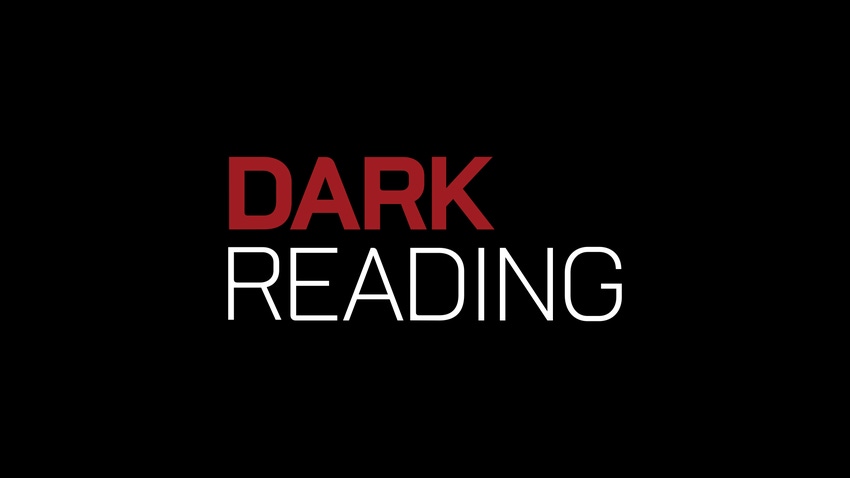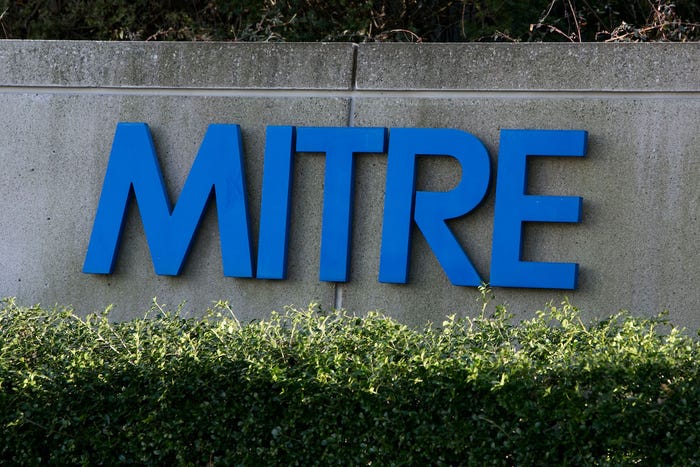Verizon Wins $33 Million In Cybersquatting Case
The telecom said this is the largest-ever cybersquatting judgment, but it may have a hard time getting the money from OnlineNIC.

Verizon is taking it to cybersquatters, and the telecom said it has been awarded $33.2 million from a company trying to intentionally confuse Web users.
The ruling, which the telecom said is the largest-ever cybersquatting judgment, said OnlineNIC "unlawfully registered at least 663 domain names that were either identical or confusingly similar to Verizon's trademarks." The telecom was awarded $50,000 per domain name, which included the likes of iphonefromverizon.com and treoverizon.com.
OnlineNIC is a San Francisco-based domain registrar, and no representatives showed up to court. The company also faces similar lawsuits from Microsoft and Yahoo.
"This case should send a clear message and serve to deter cybersquatters who continue to run businesses for the primary purpose of misleading consumers," said Sarah Deutsh, Verizon's VP and associate general counsel, in a statement. "Verizon intends to continue to take all steps necessary to protect our brand and customers from Internet frauds and abuses."
Verizon may have a hard time getting any money, though, as it said OnlineNIC has worked hard to conceal the identity of its employees. The telecom said the company has used numerous shell entities, fictitious names, and deceptive contact information.
In 1999, Congress passed the U.S. Anti-Cybersquatting Consumer Protection Act, which makes it illegal to register domain names that infringe on the trademark rights of individuals or corporations. Despite these laws, cybersquatting and typosquatting continue to flourish because they offer criminals a relatively easy way to make money. The United Nations' World Intellectual Property Organization said cybersquatters have reached record numbers, and the practice has increased nearly 50% since 2005.
About the Author(s)
You May Also Like
Beyond Spam Filters and Firewalls: Preventing Business Email Compromises in the Modern Enterprise
April 30, 2024Key Findings from the State of AppSec Report 2024
May 7, 2024Is AI Identifying Threats to Your Network?
May 14, 2024Where and Why Threat Intelligence Makes Sense for Your Enterprise Security Strategy
May 15, 2024Safeguarding Political Campaigns: Defending Against Mass Phishing Attacks
May 16, 2024
Black Hat USA - August 3-8 - Learn More
August 3, 2024Cybersecurity's Hottest New Technologies: What You Need To Know
March 21, 2024


